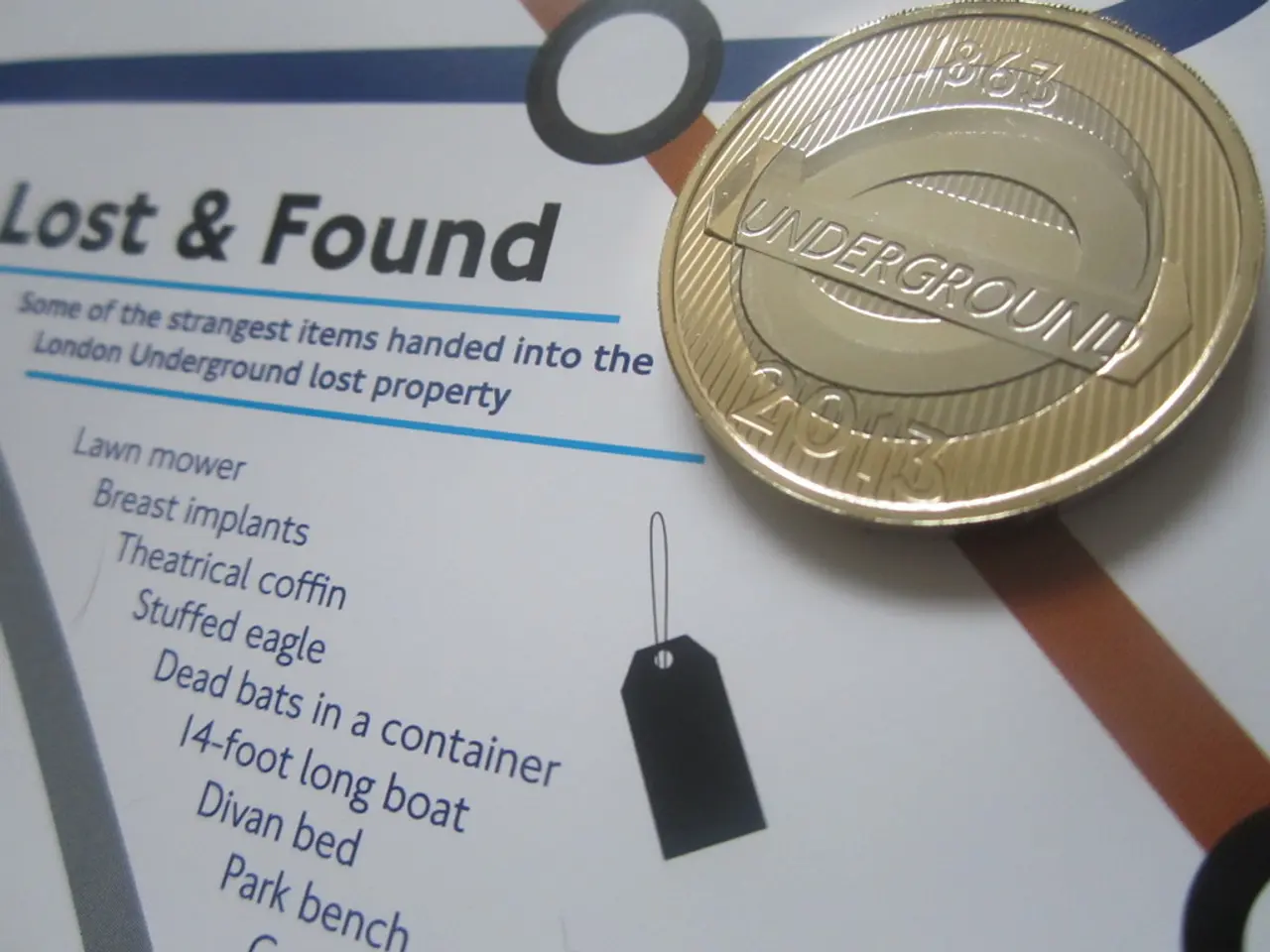Required PCB Design Files by a Manufacturer: Gerber, ODB++, and Other System Files Needed for Production
In the world of electronics, the success of a printed circuit board (PCB) project heavily relies on the quality of its design output files. This article outlines best practices for PCB design output files, ensuring a smooth manufacturing and assembly process.
Gerber Files
Gerber files, the primary communication bridge between PCB designers and fabricators, play a crucial role in the process. Designers should export complete and accurate Gerber files for all copper layers, solder mask, silkscreen, board outline, and any mechanical layers.
Following positive polarity for conductors and pads, and negative polarity for dielectric backgrounds, is essential to ensure precise layer images. Adopting a consistent and clear file naming convention, such as including board name, layer type, polarity, revision, and date, will help maintain organisation and ease the manufacturing process.
Before sending Gerber files to the manufacturer, it's vital to verify all files in a viewer to catch missing layers, shifted layers, or incorrect hole sizes.
Drill Files
Providing standard Excellon drill files for all plated and non-plated holes is essential. Drill hits must correspond correctly to pad holes and mechanical holes, with correct hole sizes. Including tool diameters and specifying whether holes are plated is also important.
Drills come in various types, including through-holes, blind vias, and buried vias. The NC drill file is used to correctly determine where all the drill holes are located on your board and the size they require. Regular, plated drill files use the '.drl' file extension, while non-plated hole drill files have 'np' in the file name.
IPC-2581 and ODB
IPC-2581 and ODB++ are advanced, unified formats that combine all fabrication and assembly data into one package. They are particularly useful for large or complex orders and reduce errors. However, it's essential to check if your manufacturer supports these formats, as Gerber and Excellon remain widely accepted.
IPC Netlist
Providing the IPC netlist to verify electrical connectivity during fabrication and assembly checks supports error detection for shorts or opens.
Bill of Materials (BOM)
A detailed Bill of Materials (BOM) listing all components with reference designators, quantities, part numbers, and descriptions is crucial for assembly houses to source the correct parts and plan production.
Pick and Place Files
Supplying a detailed pick and place (XY) file including component reference designators, exact XY coordinates, rotation angles, and side of the board is essential for automated component placement machines.
Fabrication Drawing (Fab Drawing)
A clear fabrication drawing that includes dimensions, mechanical features, board outline, layer stackup info, special notes or instructions, and any edge plating details is useful to clarify complex details and manufacturing tolerances.
Additional Recommendations
Communicate early with your manufacturer to confirm preferred file formats, naming conventions, units (mm or inch), and compression methods (zipped files vs folders). Always include a readme or documentation explaining each file layer and any special instructions.
For PCB finishes, consider specifying ENIG as the default surface finish for better manufacturability and durability, as per IPC standards. Use design files compliant with IPC Class 2 or Class 3 requirements depending on your product quality class.
By following these practices, you can avoid delays, reduce manufacturing errors such as misaligned layers or wrong hole sizes, and ensure your design is correctly interpreted at the fabrication and assembly stages.
Technology plays a significant role in the process of printing circuit board (PCB) production, as Gerber files serve as the primary communication bridge between designers and fabricators. Adopting standard Excellon drill files, IPC-2581, ODB++, and IPC netlist, along with supplying pick and place files and a fabrication drawing, aids in maintaining precision and reducing errors throughout the manufacturing and assembly process.




